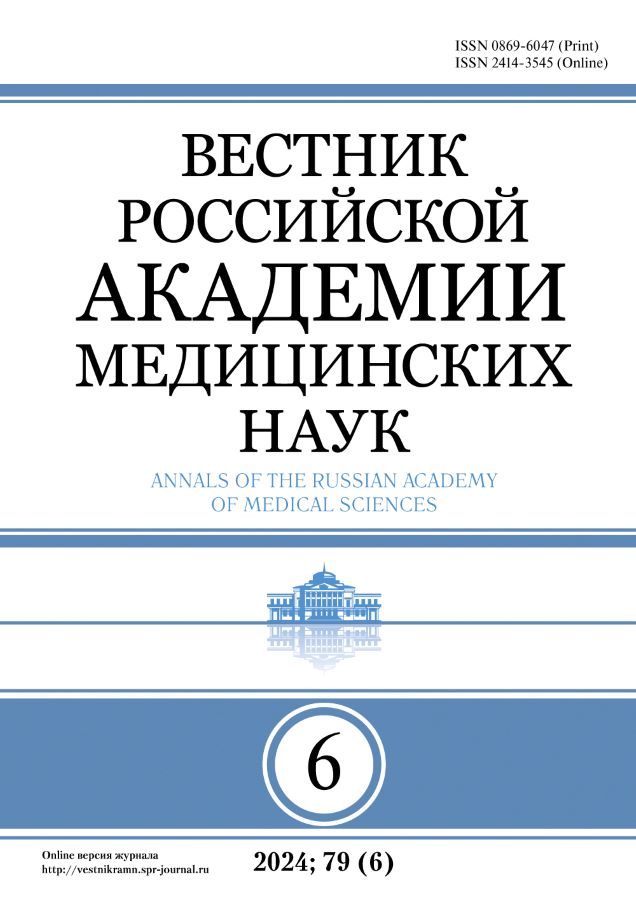Аннотация
В настоящее время существенно изменилась структура возбудителей острых кишечных инфекций, что связано с постоянной эволюцией бактерий и вовлечением в патологические процессы условно-патогенных микроорганизмов. Целью исследования явилось изучение распространенности в Северо-Восточном регионе Украины острых кишечных инфекций стафилококковой этиологии, определение наличия у выделенных возбудителей факторов патогенности. Материалами для работы послужили данные отраслевой статистической отчетности Сумской областной санитарно-эпидемиологической станции. Были исследованы биологические свойства у 50 штаммов Staphylococcus aureus. В работе применяли дескриптивные и аналитические приемы эпидемиологического метода исследований, бактериологические и статистические методы. Уровень заболеваемости острыми кишечными инфекциями стафилококковой этиологии в 2007–2012 гг. находился в диапазоне 17,1–20,3 на 100 тыс. населения. В возрастной структуре превалировали дети в возрасте до 2 лет. Наибольшее число случаев регистрировали в январе, феврале, апреле, июне и августе. Штаммы S. aureus, выделенные от пациентов, характеризовались широким спектром факторов патогенности и персистенции. Антилизоцимной активностью обладали 100% исследованных культур, антиинтерфероновой и антикомплементарной, соответственно, 96,0 и 64,0%, способностью к адгезии — 36,0%. Одновременно антилизоцимную, антиинтерфероновую и антикомплементарную активность проявляли 52,0% штаммов
S. aureus. Эти данные негативно характеризуют прогнозируемую на ближайшее время региональную тенденцию динамики показателей заболеваемости.








